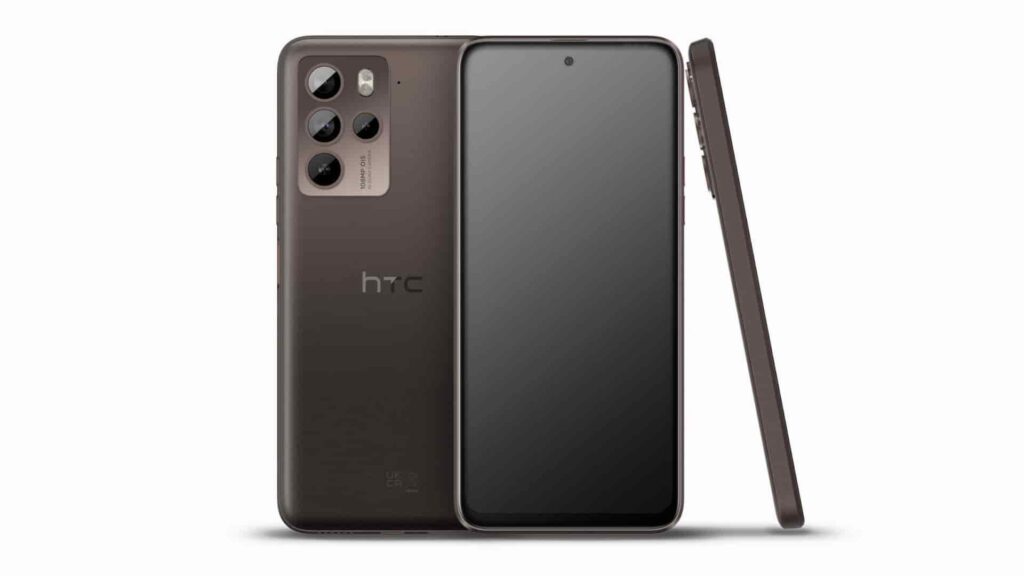HTC has surprised us with the launch of the HTC U23 Pro, a well-equipped mid-ranger, but how does it compare to the recently announced Google Pixel 7a?
While HTC’s new mid-ranger looks to be capable with a large 120Hz OLED display, a quad-camera setup and Snapdragon 7 Gen 1 power, Google’s Pixel 7a is a tough option to beat. It currently sits pretty at the top of our selection of the best mid-range phones, offering a solid all-round experience with flagship processing power and capable cameras.
Which is best for your needs? While we’re yet to go hands-on with the HTC U23 Pro, here are a few key differences between the HTC U23 Pro and Google Pixel 7a.
The HTC U23 Pro has a larger, faster display
The Google Pixel 7a fixes one of the long-time complaints with Google’s ‘a’ series smartphones – the 60Hz refresh rate – upping the speed to a snappy 90Hz. That may still be shy of the 120Hz used by key rivals like the Poco F5 Pro, but it’s a welcome addition that helps the phone feel more responsive in everyday use.
The OLED panel is also one of the smaller displays around at 6.1 inches, though it’s not quite in true small-screen territory.

The HTC U23 Pro, on the other hand, offers a larger 6.7-inch OLED display that’s not only larger than that of the Pixel 7a, but faster too, clocking in at a smooth 120Hz. However, the difference between 90-120Hz is negligible compared to the jump from 60-90Hz, so it’s only mobile gamers that want to hit a super-smooth 120fps that it’ll notice a real difference.
Elsewhere, the larger panel should translate to a better viewing experience when watching movies on Netflix and random videos on YouTube than Google’s mid-ranger.
The Google Pixel 7a has a flagship processor
The HTC U23 Pro sports Qualcomm’s mid-range Snapdragon 7 Gen 1 chipset first revealed back in 2022, and combined with a healthy 12GB of RAM, should deliver decent performance – though we’ll verify that with benchmarks in the coming days. For context, we found the Snapdragon 7 Gen 1-equipped Xiaomi 13 Lite performed well in day-to-day use with no real lag or stutter.
What it can’t do, however, is compete with the flagship-tier chipset found within Google’s affordable Pixel 7a. More specifically, the Pixel 7a sports Google’s in-house-developed Tensor G2 chipset, the same chipset you’ll find within the Pixel 7, Pixel 7 Pro and recently announced Pixel Fold.
While benchmarks from our Pixel 7a review show that it’s not quite as powerful as flagship Qualcomm alternatives, day-to-day performance was smooth as could be, even when gaming.
Besides, it’s a chipset more focused on AI and machine learning, allowing the phone to do some cool stuff with camera performance and dictation – but more on that in a second.

Both have capable camera setups
The HTC U23 Pro looks to have a capable camera looking at its rear quad setup, but delving into the specs paints a slightly different picture. While the 108MP main and 8MP ultrawide are of note, the accompanying 5MP macro and 2MP depth sensors are less helpful on a day-to-day basis, so it’s more of a dual camera setup in reality.
That 108MP main sensor boasts decent specs too, including OIS and a wide f/1.7 aperture.
The Pixel 7a, on the other hand, sports a new OIS-enabled 64MP main sensor coupled with a 13MP ultrawide lens. While it may not win on sheer camera count, the two lenses are incredibly capable. Our reviewer noted that “it’s hard not to be impressed with the images” taken on the Pixel 7a, retaining impressive detail and natural colours.
That’s just specs, however. Where the Pixel 7a really pulls away from the U23 Pro (and most other mid-range options) is its Tensor G2-powered AI prowess. This allows for tech like Real Tone for accurate skin reproduction and 20x Super-Res Zoom, as well as powerful editing capabilities like Magic Eraser and Face Unblur.
It also boosts great AI-powered low-light performance, with our reviewer noting that the Pixel 7a delivered better low-light results than the iPhone 14 Pro Max, and often at a much quicker pace too.
The HTC U23 Pro has a headphone jack
While once upon a time practically every smartphone around featured a 3.5mm headphone port, that couldn’t be further from the truth in 2023.
With the cheap Bluetooth headphone revolution, many manufacturers have ditched the port in a bid to make phones slimmer and lighter – but what about those of us with high-end wired headphones?
The HTC U23 Pro has you covered in that respect, with a 3.5mm headphone jack nestled on the top edge of the smartphone. It’s sadly nowhere to be seen on the Pixel 7a, however, with its last appearance being on 2020’s Pixel 4a.

The HTC U23 Pro is slightly more expensive
While both are fairly evenly matched mid-range options, the HTC U23 Pro comes in at slightly more than Google’s budget-friendly Pixel 7a, even with a slight bump in price compared to last year’s Pixel 6a.
The HTC U23 Pro is currently available to pre-order starting at £499 (around $600), while the Google Pixel 7a will set prospective buyers back £449/$499. The Pixel 7a is available to buy now, while the HTC U23 Pro is available for pre-order now ahead of release in early June.




